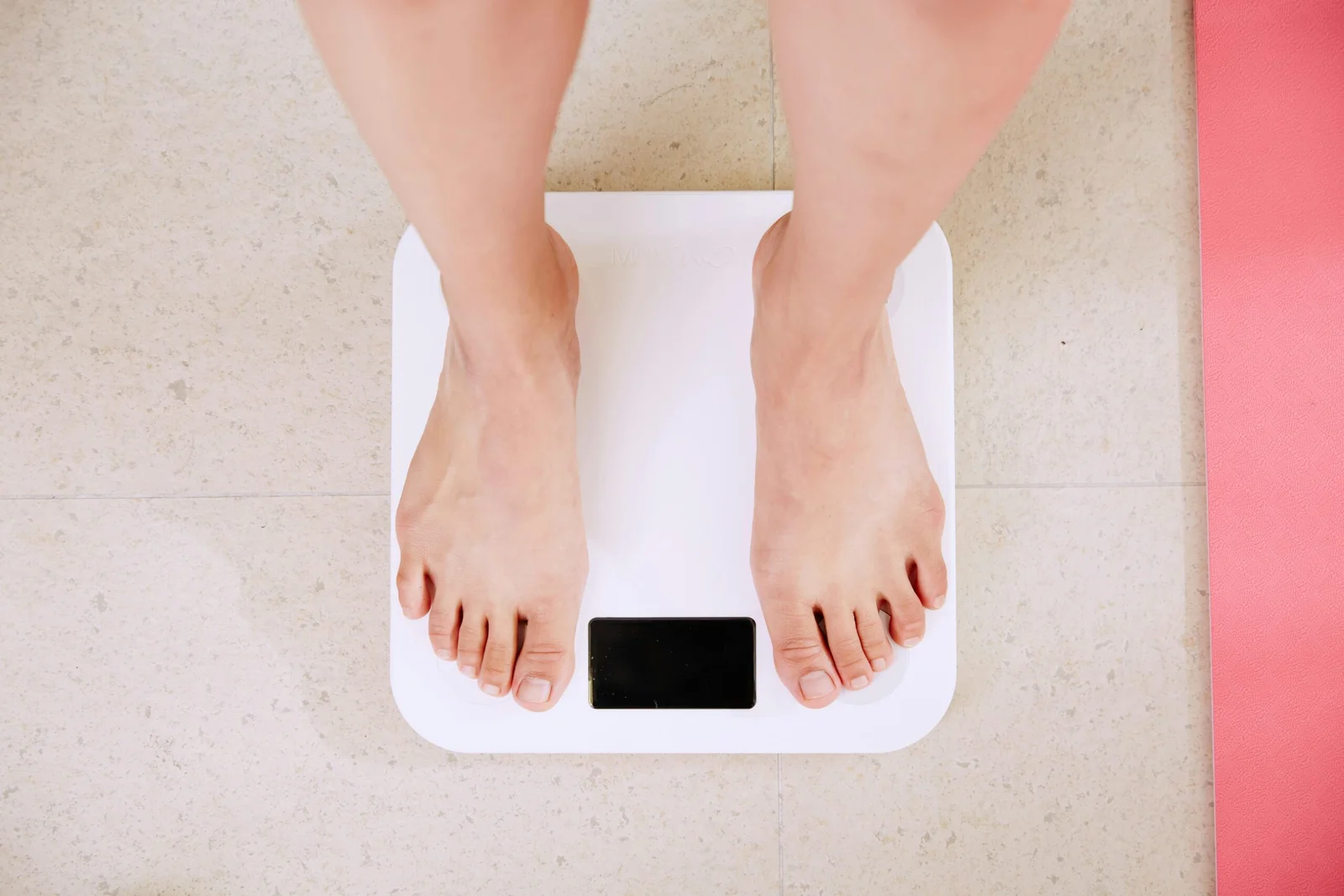Are you looking for a quick and safe way to shed those extra pounds? Look no further! In this article, we will guide you through a comprehensive 7-day diet plan that can help you achieve your weight loss goals. This plan is designed to provide you with a balanced and nutritious diet while ensuring that you lose weight in a healthy manner. So, let’s dive in and discover the secrets to successful weight loss!
Day 1: Kickstart Your Journey
On the first day of your diet plan, it’s important to set the right tone for the rest of the week. Start your day with a nutritious breakfast that includes a combination of protein, whole grains, and fruits. For example, you can have a bowl of oatmeal topped with berries and a side of scrambled eggs.
Throughout the day, make sure to incorporate plenty of vegetables, lean proteins, and healthy fats into your meals. Opt for grilled chicken or fish paired with steamed vegetables for lunch, and enjoy a light dinner consisting of a salad with grilled tofu or a vegetable stir-fry.
Remember to stay hydrated by drinking at least 8 glasses of water throughout the day. You can also include herbal teas or infused water for added flavor.
Day 2: Boost Your Metabolism
On the second day, focus on foods that can help boost your metabolism and increase your calorie burn. Start your day with a cup of green tea, known for its metabolism-boosting properties. For breakfast, have a vegetable omelet with a side of whole grain toast.
For lunch, opt for a quinoa salad with mixed vegetables and grilled chicken. In the evening, snack on a handful of almonds or a piece of fruit to keep your energy levels up. For dinner, enjoy a grilled salmon fillet with roasted vegetables.
Don’t forget to engage in regular physical activity, such as brisk walking or cycling, to further enhance your metabolism and aid in weight loss.
Day 3: Cleanse and Detoxify
On the third day, focus on cleansing and detoxifying your body. Start your day with a glass of warm lemon water to kickstart your digestion and detoxification process. For breakfast, have a bowl of mixed berries with Greek yogurt.
For lunch, enjoy a detoxifying vegetable soup made with ingredients like spinach, kale, and carrots. In the evening, snack on cucumber slices or celery sticks with hummus. For dinner, opt for a grilled chicken breast with steamed broccoli and a side of quinoa.
Consider incorporating relaxation techniques like yoga or meditation to further support your body’s detoxification process.
Day 4: Energize with Whole Foods
On the fourth day, focus on incorporating whole foods into your diet to provide your body with essential nutrients and sustained energy. Start your day with a hearty bowl of overnight oats topped with nuts and seeds.
For lunch, enjoy a whole grain wrap filled with grilled vegetables and avocado. In the evening, snack on a homemade trail mix consisting of dried fruits and nuts. For dinner, savor a baked sweet potato with a serving of grilled lean meat or tofu.
Make sure to listen to your body’s hunger and fullness cues and eat mindfully to fully enjoy the flavors and textures of your meals.
Day 5: Go Plant-Based
On the fifth day, challenge yourself to go plant-based and explore the benefits of a vegan diet. Start your day with a plant-based protein smoothie made with ingredients like spinach, banana, and almond milk.
For lunch, enjoy a colorful salad with mixed greens, roasted vegetables, and a variety of legumes. In the evening, snack on a serving of fresh fruit or a handful of nuts. For dinner, indulge in a vegetable stir-fry with tofu or tempeh.
Going plant-based for a day can not only help with weight loss but also provide a wide range of health benefits, including improved digestion and increased nutrient intake.
Day 6: Boost Your Fiber Intake
On the sixth day, focus on increasing your fiber intake to promote satiety and support healthy digestion. Start your day with a fiber-rich breakfast bowl made with chia seeds, oats, and mixed fruits.
For lunch, enjoy a lentil or bean-based soup with a side of whole grain bread. In the evening, snack on crunchy raw vegetables with a yogurt-based dip. For dinner, opt for a grilled lean meat or fish with a serving of roasted vegetables.
Remember to drink plenty of water throughout the day to aid in digestion and prevent constipation, which can be a common side effect of a high-fiber diet.
Day 7: Maintain and Sustain
On the final day of your 7-day diet plan, focus on maintaining your progress and sustaining healthy habits. Start your day with a balanced breakfast that includes a mix of protein, whole grains, and fruits.
For lunch, enjoy a balanced meal consisting of lean protein, whole grains, and vegetables. In the evening, snack on a serving of Greek yogurt with a drizzle of honey. For dinner, savor a homemade vegetable curry with brown rice.
Reflect on your journey and celebrate your achievements. Remember that weight loss is a gradual process, and maintaining a healthy lifestyle is key to long-term success.
Conclusion
Embarking on a 7-day diet plan can be an effective way to jumpstart your weight loss journey. However, it’s important to remember that sustainable weight loss requires a long-term commitment to healthy eating and regular physical activity.
Before starting any diet plan, it’s always advisable to consult with a healthcare professional or a registered dietitian to ensure that it aligns with your individual needs and goals.
By following this 7-day diet plan and making necessary modifications based on your preferences and dietary restrictions, you can achieve quick and safe weight loss while nourishing your body with essential nutrients.
Remember, every journey starts with a single step, so take that step towards a healthier you today!
